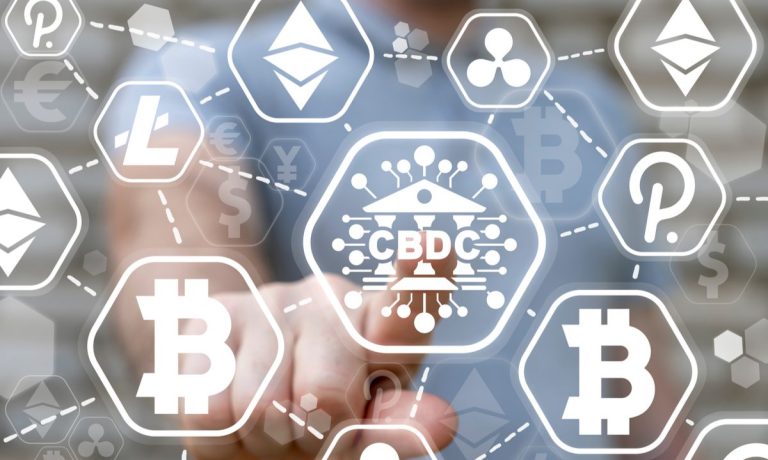
A federally issued digital dollar will not cut banks out of the banking system.
If there was one key point that the Federal Reserve’s new vice chair, Lael Brainard, was determined to make in her testimony at the House Financial Services Committee’s Thursday (May 26) hearing on the benefits and risks of a U.S. central bank digital currency (CBDC), that was it, and for good reason.
While the Fed has been less than eager to pursue a digital dollar right from the start of the stablecoin-driven conversation, it nonetheless bore the brunt of the commercial banking industry’s anger and angst over a national digital currency that financial institutions fears will drains hundreds of billions — if not trillions — of dollars from their coffers, if not allow the financial system to bypass them completely.
See also: Heyday or Doomsday? Regulators, Banks at Odds Over CBDCs
“By attracting deposits away from banks, particularly during a period of economic stress, a CBDC likely would undermine the commercial banking system in the United States, and severely constrict the availability of credit to the economy,” the Bank Policy Institute wrote in a May 20 statement about the Federal Reserve’s January CBDC report, “Money and Payments: The US Dollar in the Age of Digital Transformation.”
See more: Digital Dollar Looms, But so Do Questions Over Necessity
That’s a concern Brainard answered very clearly and forcefully from the outset. Actually, it was one of the few CBDC-related issues that she said the Fed does have a firm stance on, along with agreeing that it can’t launch a digital currency without congressional approval.
She was also clear that building a CBDC would probably take at least five years.
Standing Firm
“It’s very important to consider the risk of bank intermediation,” Brainard said at the outset. “A vibrant healthy banking system with banks of all sizes is very important to the economy and to the Federal Reserve.”
And while acknowledging that a “widely available CBDC could serve as a substitute for deposits” — particularly during times of economic stress — Brainard later added that “anything that we would want to do in this space would have to be consistent with banks remaining really important intermediaries” if a CBDC is launched.
Also read: Fed’s Vice Chair Brainard Makes a Case for a US CBDC In Congress
Among the ways to do that, she said later in response to a representative’s question, is to offer no interest on deposits.
That would “make holdings of central bank digital currency really only for payments in a way that wouldn’t compete with deposits,” Brainard said. “It would confine their use to payments and not impede [the] important functions of a vibrant banking system,” like home loans, she added later.
That’s something consumers are already comfortable with, she added, pointing to mobile payments apps.
“There’s a variety of ways people have been thinking about designing these so that they wouldn’t diminish deposits in the banking system,” Brainard noted.
Unstablecoins
Aside from pointing to the recent collapse of one stablecoin and the brief de-pegging of the biggest, Tether, Brainard pointed out that privately issued stablecoins presented the same risk of disintermediation as well as the possibility of creating walled gardens that could fragment the payments system.
More here: TerraUSD’s Price Collapse Shows Vulnerability of Dollar-Pegged Cryptos
A digital dollar would, in effect, create “a neutral settlement layer” or asset that would encourage private sector innovation and help ensure interoperability across the payments ecosystem, Brainard said.
“All of our payment infrastructure is kind of a neutral infrastructure that allows interoperability between private sector solutions,” she said. “And that’s how I would continue to see the role of the Federal Reserve in the future.”